There is quite a bit of buzz and confusion around microservices, containers, API’s, service meshes, and other emerging technologies related to “cloud-native” application development and data integration; unfortunately, PrivOps has been caught up in the confusion. I often get questions about our (now patented) technology, specifically metaDNA™, the core of our technology, where folks try to categorize us incorrectly.
'To be clear, metaDNA™ is not an API manager (e.g. Mulesoft), a container orchestrator (e.g. openShift), a service mesh (e.g. Istio), a integration platform (e.g IBM IIB), a master data manager (e.g. Informatica), it is an entirely new category. Let me explain. (And yes, I understand that the vendors mentioned above have products that span multiple categories)
To understand metaDNA™, first we need some context. For example, the concept of a microservice is an abstraction that is a manifestation of the interplay between modularity and atomicity (i.e. irreduciblity) at the software architectural layer. There are many other other abstractions at and between other layers of the technology stack, including the interface (e.g. APIs, UIs), server (e.g virtual machine, container) the network (e.g. packets, protocols), the structural (e.g. object-oriented, functional constructs), the language (e.g. high level software instructions that abstract assembly language instructions that abstract hardware operations), and so forth.
Two important questions are:
Is there currently a modularity gap that sits between microservices (software architecture), functional programming and data structures?
Would it matter if an abstraction filled that gap?
Is there a modularity gap that sits between microservices, functional programming and data structures? The answer is yes, which is what my metaDNA™ ontology (and the metaDNA™ catalog that implements the metaDNA™ ontology) attempts to remedy. For those unfamiliar with the term ontology, it is simply a structured way of describing (or building in this case) a class of object structures and the relationships between those objects. (More on ontologies here.) Because of its ontology, the metaDNA™ catalog serves as an abstraction layer that sits between (and unifies) microservices, functional programming and data structures and constitutes an entirely new paradigm for building digital technology. metaDNA™ builds on other abstractions like microservices and containers, but doesn’t necessarily replace them. Like biological DNA, metaDNA™ objects have 4 atomic types, with uniform structures. In the same way biological DNA composes lifeforms, objects from the metaDNA™ catalog compose software components (microservices) AND data structures from EVERY type of structured data. This approach creates the opportunity for several advantages for hybrid cloud applications, including self-referential data and applications, data defined software applications that reconfigure based on context, policy driven application behavior changes, and several others.
Does it matter if an abstraction layer fills the gap between microservices (software architecture), functional programming and data structures? Absolutely, because without it, microservices based software architecture complexity growth is still exponential, even with the use of APIs, containers and service meshes. For example, the cost point to point integration among legacy and modern systems grows exponentially at the rate of ½KN(N-1) where K is the cost of each integration and N is the number of connections. Adding tools adds a similar exponential cost growth. While the modularity afforded by various solutions at the API, microservice and other layers flattens the cost curve, without addressing the modularity gap between the application and data layer the curve is still exponential and still runs into scalability problems, especially for situations like Digital Transformation that requires integration of large numbers of legacy systems and edge computing (even with 5G).
- Tyler



